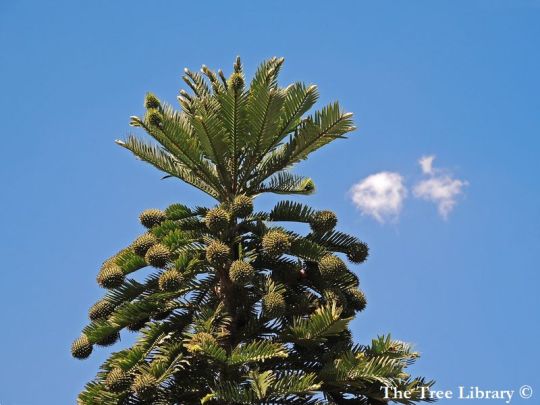#Wollemi Pine
Text
Kinda wish more people would talk again about the living fossil trees they found in Australia
The Wollemi Pine tree
Apparently it’s from the time of the dinosaurs
There’s only 90 of them found in the wilds of Australia so there are efforts to grow more for the future and to keep them from going extinct again
I remember as a kid it was a big deal when they 1st found out about them
And thanks to many people efforts you can go see them in the blue mountains botintical gardens here in N.S.W. Sydney from some they have managedto grow
#living fossil#living fossil trees#Wollemi pine#Wollemi pine trees#trees from the age of the dinosaurs#dinosaur#Australia Wollemi pine#fossils
7 notes
·
View notes
Text
3 notes
·
View notes
Text
How much more deranged would Middle-Earth be if Tolkien was given access to modern scholarship re:the ageless depth of trees?
It’s true that by the end of the Third Age, no trees in Eregion remember the elves that walked there. But there’s an ancient yew in Rivendell that Gil-Galad planted, a clone of one of the old trees of Lindon, that’s still thriving when Elrond leaves his home. It’s seen elven kings and laughing lords and harried messengers. Though trees don’t care about such things, it’s nice to be seen.
There’s a golden aspen grove between Lothlorien and Fangorn. The elves say Nimrodel planted it before her name was Nimrodel, before continents sank, when the forests were home only to a handful who loved them more than paradise.
By the shores of the Mirrormere is another yew. In a little known tradition, kept by one dwarf alone, every Durin plants a few of its seeds, and one of those trees always lives long enough to see his next self.
There’s a cypress in the port of Umbar. Locals say the lord in Mordor planted it the first time he visited (he was still in the habit of planting trees back then). It lived past several of his deaths but faltered, finally, beneath the ashes of his last, worst destruction—more than four thousand years later.
On a tiny island in the sea is a little cluster of spruce trees—some scrap of drowned Beleriand too holy, for one reason or another, to falter. It’s the same tree—when one falters a new coppice comes to take its place, growing out of the same root system. There’s a betting pool among the deep sea fishers of the Falathrin about whose grave lies beneath.
Much is made of the White Tree of Gondor, but on the hillsides in Ithilien, dangerously close to Minas Ithil, are gnarled olive trees that witnessed the Last Alliance. Faramir is inordinately fond of them without knowing the reason why.
Ulmo keeps a garden of sea sponges. The oldest didn’t just see Númenor founded and drowned, it saw the bones of the very first second-comers. (Ossë collects many things.) It’s been… 10,000 years? 12,000? Sponges don’t keep time, they just remember.
Ulmo also keeps a bed of sea grass older than the destruction of the Lamps, but he doesn’t mention that to other people; it’s just for him.
#tolkien#lord of the rings#the silmarillion#I was going to do a Mirkwood bullet but I ran out of long lived tree species#maybe they get a terrifying wollemi pine situation
562 notes
·
View notes
Link
...it turns out that losing some species won't just endanger local forests; it will threaten entire ecosystems, research shows.
In 2021, a global assessment titled State of the World's Trees found a shocking one-third of all tree species are currently teetering on the edge of existence.
This amounts to about 17,500 unique tree species that are endangered.
That's more than double the number of all threatened tetrapods (mammals, birds, amphibians, and reptiles).
Some trees are so rare that only a single known individual remains, like the lonesome palm in Mauritius, Hyophorbe amaricaulis.
In a subsequent study from last year, the same researchers issued a "warning to humanity" about the consequences of these losses, backed by 45 other scientists from 20 different countries.
Continue Reading
343 notes
·
View notes
Link
7 notes
·
View notes
Text
Scientists Studying Earth's Trees Issue a Stark Warning to Humanity : ScienceAlert
82 notes
·
View notes
Text
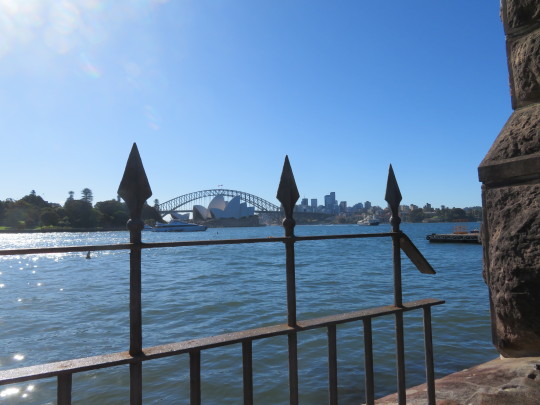
There are some things about this city I love.
Not the city crowds I had to endure to visit the yarn store, but a walk through the Domain past the Art Gallery of NSW, cutting through a corner of The Royal Botanic Gardens to Mrs Maquarie's Point, with views of the Harbour Bridge, Opera House, Fort Denison, and Navy ships at Garden Island.
(There is a pic of a large spider sculpture, one of a real spider web and one actual spider photo - below the cut)
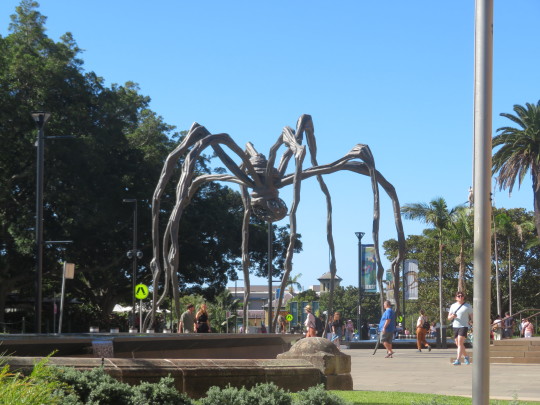

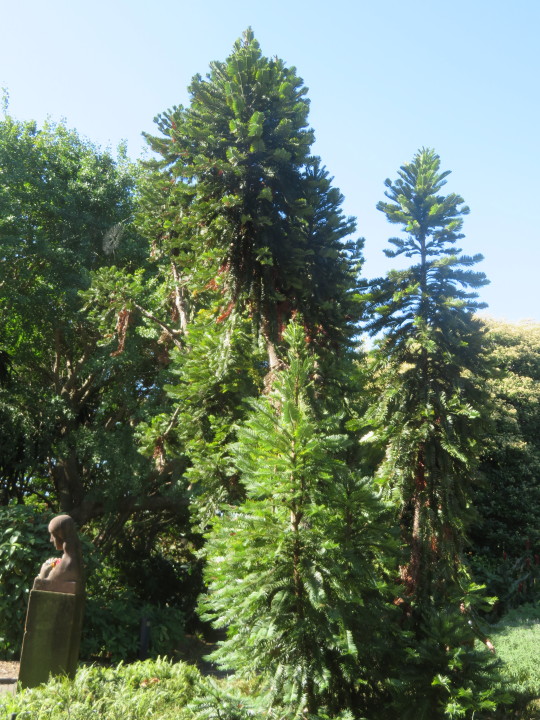

(The Wollemi Pine is an ancient plant)
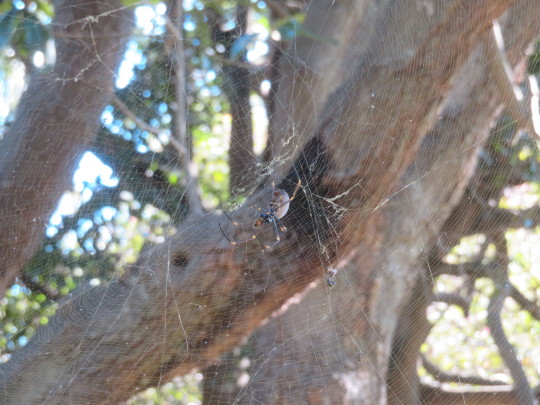

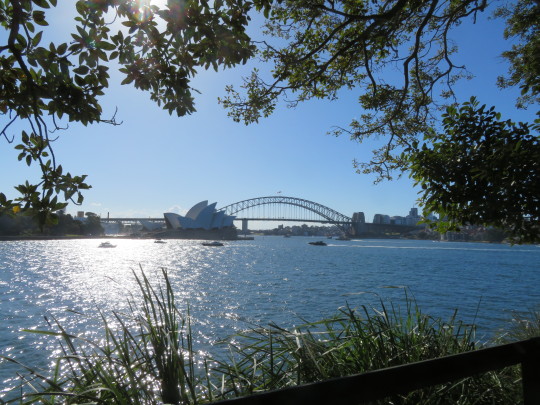


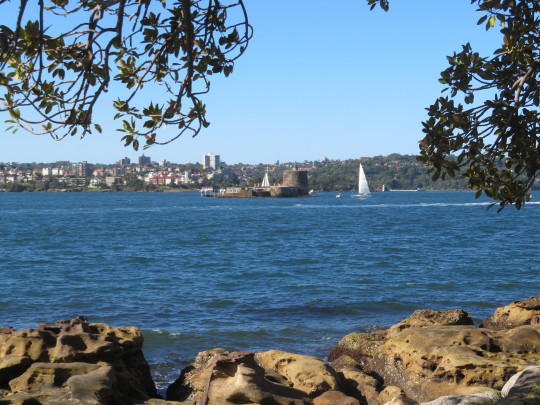
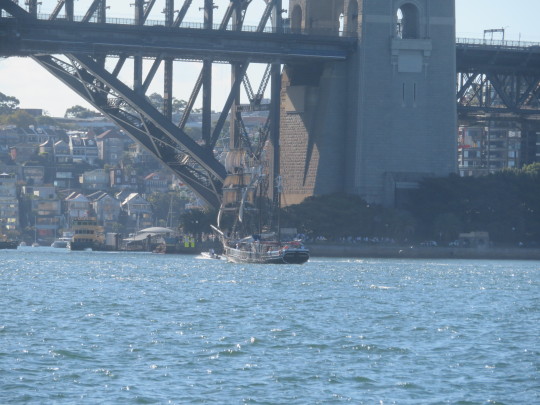
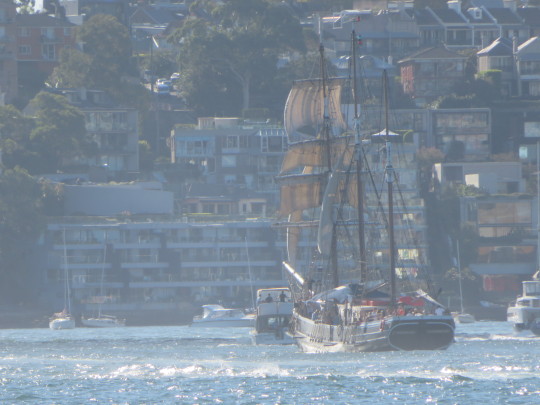


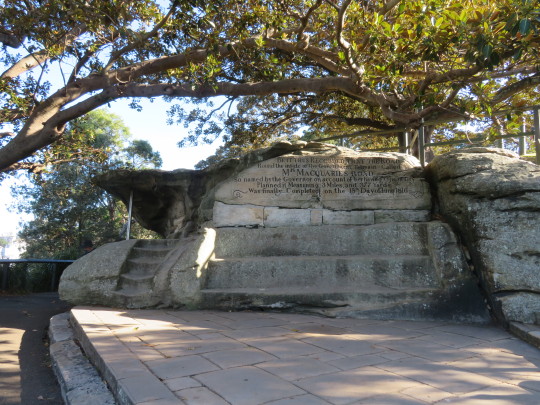

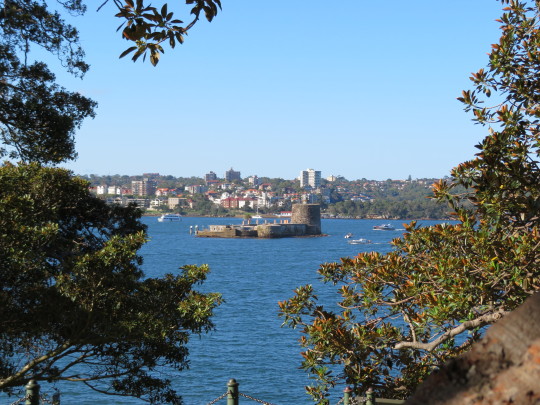
5 notes
·
View notes
Text
This has been on my mind literally all day please read this!!!
2 notes
·
View notes
Text
Dinosaur Evergreens Thought Extinct for 2Mil Years Discovered by Park Ranger–the Grove is the ‘Find of the Century’
WoW. 🌴
3 notes
·
View notes
Text
There's three translocation sites where wollemi pines have been planted out in the blue mountains. Extremely cool.
Love to have a population in the wild greater than 90.
2 notes
·
View notes
Text
Who’s your favourite daddy
Mine is the wollemi pine
#genshin smut#genshin x reader#genshin#itto smut#lifehack#itto#genshin spoilers#genshin itto#genshin x you#gay boy#genshin art#genshin impact#save the date#itto imagines#itto x reader#smut#baby#soy sauce#home birth#soy sauce baby
12 notes
·
View notes
Text
2022 Reading Log, pt. 14

66. Remarkable Trees by Christina Harrison and Tony Kirkham. This is a book published under the auspices of Kew Botanical Gardens, discussing in short essays (2-4 pages) a variety of trees of historical, cultural and industrial significance. Each is illustrated with botanical illustrations and photographs taken from Kew archives, some of them from the 18th century. Not all of them, because some plants are significant because of their recent discoveries, such as the dawn redwood or Wollemi pine. The book is very pretty, and a quick read.
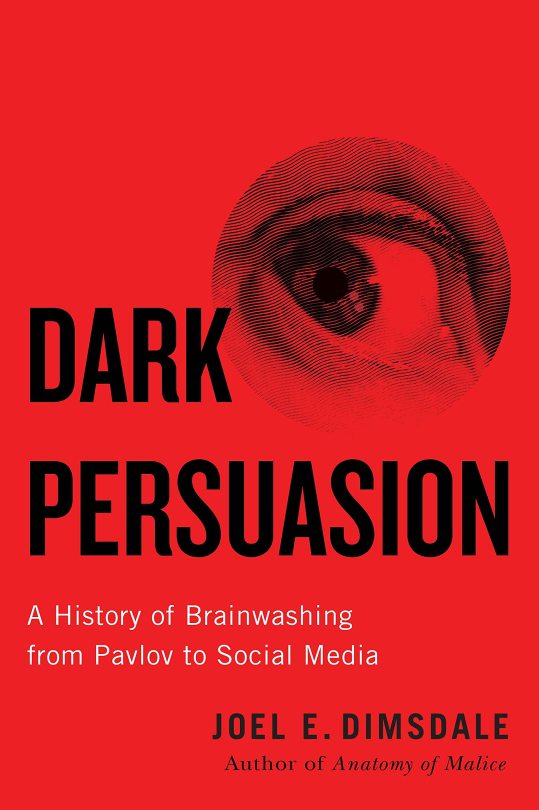
67. Dark Persuasion: A History of Brainwashing from Pavlov to Social Media by Joel E. Dimsdale. The title says it all, really. The author has both a professional and personal connection to the topic at hand, being a psychologist whose senior colleagues include several people affiliated with MK-Ultra, and who lived nearby the Heaven’s Gate compound in 1996. Dimsdale does admit that the term “brainwashing” is reductive and even silly, but the use of coercion, sleep deprivation and surreptitious manipulation to get people to make decisions that aren’t in their best interests is real. The book focuses on the 20th century, with the long shadow of Pavlov and operant conditioning influencing most of the discussions. The book is strongest in the mid-section, which is the MK-Ultra material. Edit: doing the image searches for this led me to discover that “Dark Persuasion” is also the name of a German chocolate cake-inspired beer, which sounds delicious. But completely unrelated.

68. The Etymologicon: A Circular Stroll Through the Hidden Connections of the English Language by Mark Forsyth. This book feels like it would do numbers on tumblr. The introduction is basically, “etymology is my autistic special interest, and so I am going to subject you to it for the next 200 plus pages.” The book goes deep into the origins of words and how they are related to each other in weird ways, following a very stream of consciousness journey from books (in idiom) to books (in the actual meaning of the word). It’s easy to pick up and put down, as it is broken up into short chunks of a few pages each. If you ever wanted to know what chickens have to do with gambling, the relationship between chess and the world of finance, and why naan is “naked bread”, this book is for you.

69. Deep Time by Riley Black. Black is an author I quite like, and who is on tumblr at @rileycatrocks! This book is a survey of history from a deep time perspective, starting with the Big Bang and progressing to the human era. It kind of zooms in from the cosmic scale to the scale of Earth fairly shortly, and goes through mass extinctions, evolutionary milestones, and the formation of various notable Earth features. The book is written for a British audience, and so a fair number of the examples are British. We end at Hadrian’s Wall, which was used by James Hutton to demonstrate that the Earth’s strata must have taken millions of years to form, not the few thousand presumed by biblical literalists. The book is dominated by its imagery, which unfortunately is kind of uneven. It’s very much a case of what pictures can the publisher get the rights to, which means that there’s a lot of lovely photographs and some very dodgy CGI paleoart. There are a few pieces by Mark Witton (one of a walrus in Ice Age Europe, one of a parieasaur in the Permian extinction) that stand out for their quality.

70. The Fox’s Wedding by Matthew Meyer. This book came in the mail this week, after a long time of waiting for the Kickstarter to deliver. Meyer is the proprietor of yokai.com, which is both an excellent resource on Japanese folklore and a personal inspiration to me. It’s fair to say that @thecreaturecodex wouldn’t exist, at least not as it does, without Meyer’s writing and art. This is the fourth book compiling his work. As the title suggests, kitsune are a major focus of the book—about a quarter of its length is devoted to kistune ranks, habits and specific kitsune named in legends and literature. Since the book was written recently, it also devotes a fair amount of space to Japanese folklore related to plagues and diseases; yokai that spread disease, yokai that prevent or warn against disease, yokai that are diseases.
#reading log#yokai#japanese folklore#geology#history of science#etymology#english language#brainwashing#psychology#mk-ultra#trees#botany#horticulture
25 notes
·
View notes
Text
Hello. You may have seen earlier post or not (you didn’t miss much). But think that if pointing out problem, it’s worth pointing out ways to improve things.
Because am tired of people saying if you grow some of own food at home, there is no need to avoid planting invasive plants or try to encourage local ones. Growing own foods can be very valuable to people, but often won’t create habitat for urban/ suburban wildlife, and invasive species can spread plants far outside of your own garden.
Anyway, thought I might share how I decide what plants are good to have in gardens, for both people and nature. Hopefully it helps make choosing a plant simpler for someone out there.
Introduced plants: invasive or dangerous. These are plants that are not from your area. An invasive plant will spread and take over nearby areas, stopping other plants growing. Dangerous plants might be very poisonous or have large spikes that can cause serious injuries. I will never put these in any garden, and don’t think they should be sold in most cases. Examples of these plants in Australia include prickly pears and oleander.
Introduced plants: non-invasive and safe. These are plants that are not from your local area, but which usually don’t take over. They are not likely to hurt anyone badly. They might take extra care to make sure they grow well in your area, but are often useful in some way. I put these in garden sometimes, usually if I cannot find a local plant to do the same job or I really really like that one plant. Mint can go in this category, but only if kept in pots so it doesn’t escape. Roses also go here, because even though they’re spikey they are more likely to just scratch than actually injure most people.
Local plants: safe and easy to grow. These are plants that come from near you! They are unlikely to hurt anyone, and are easy to grow in gardens. They might be edible, look pretty or make good homes for wildlife. I plant these as much as possible, and am making a list of the ones that are best suited to where I live. In Australia, most or all local edible plant knowledge owned by First Nations people, so make sure you treat with respect and have permission before using, sharing or making money off it. Please make sure people get paid back for sharing their knowledge.
Local plants: risky to humans. These are plants from your area which might be dangerous to people or pets. They are beautiful and important for the ecosystem, but might be dangerous to keep in your garden. I will use them in gardens sometimes, but only with careful thought. I never put them in places where people walk past, or where children or pets might get into. These plants are still needed in non-garden areas, so supervise children and keep pets on a leash if going into natural parks.
Plant which are very rare: Some species don’t have many plants left. Sometimes they are taken from the wild for gardens, which can kill them. Sometimes these plants need only experts to look after them while the population recovers. Your dog digging one up can make a big impact on the population of a whole species. One exception is plants like Wollemi pines. They are grown and sold by special nursery. Buying them helps fund conservation, and means they have “insurance populations” across the country if something happens to the ones in the wild.
Take care + have fun! And if you plant local plants, remember to keep an eye out for animal friends who might come to visit!
#gardening#special interest posting#your garden is part of the ecology in your area#and you get to help it grow#remember this too if you're doing guerrilla gardening#if you undo years of invasive species control by throwing random seeds at nature strips I will be so annoyed#biodiversity#micro-habitats#wildlife corridors#tiny birds love good gardens#invasive species#does this count as solarpunk or is it too boring..?
2 notes
·
View notes
Link
Haih my god la better i just die
4 notes
·
View notes
Text
Linocuts by British-born Australian wildlife artist Rachel Newling (born 1956).
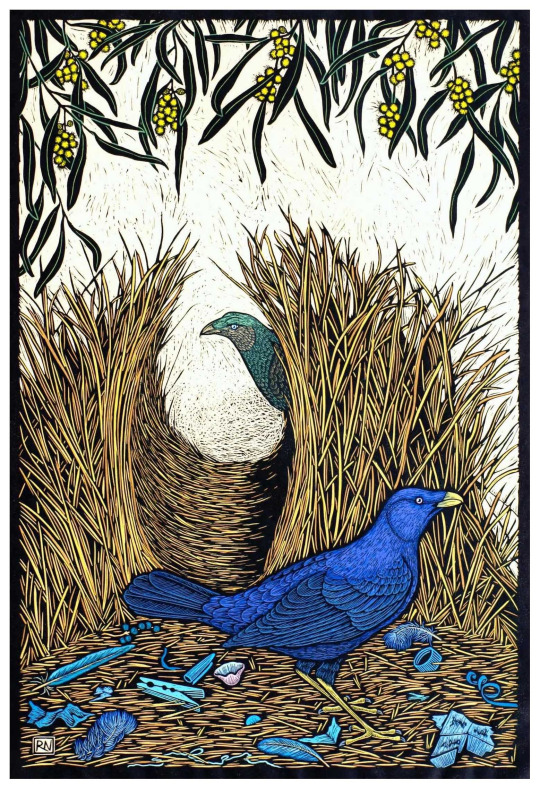
Satin Bowerbird

Rainbow Lorikeet and Coast Banksia

Black Swan

Sacred Ibis

Three Yellow-Tailed Black Cockatoos
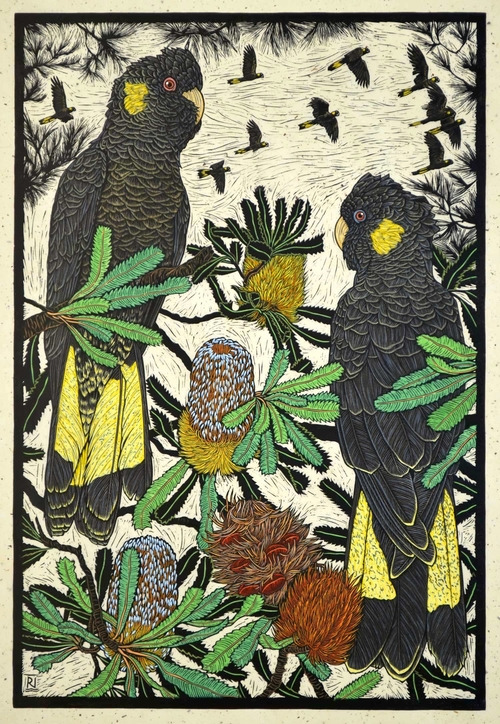
Yellow-Tailed Black Cockatoo & Banksia

Red-Tailed Black Cockatoo and Black Bean Tree

Palm Cockatoo and Pandanus Spiralis
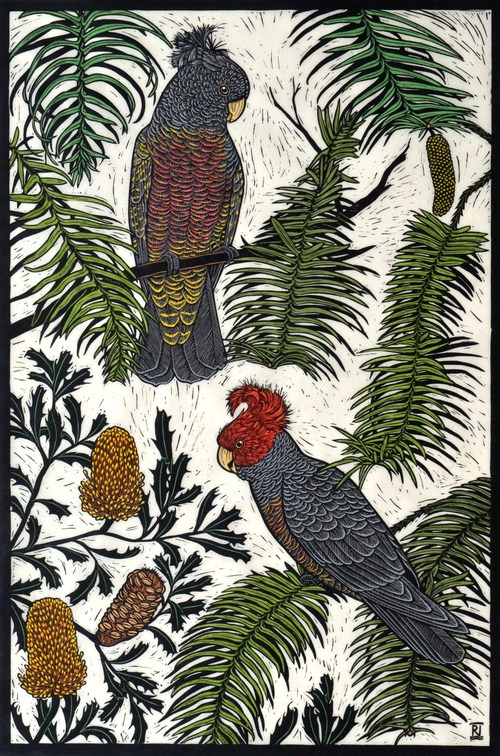
Gang-Gang Cockatoo and Wollemi Pine

Regent Bowerbird with Rainforest Orchid

Banksia and Honeyeater

King Parrot with Umbrella Tree

Crimson Rosella

Regent Honeyeater with Native Flowers

Eucalyptus & Banksia Flowers with Blue-Faced Honeyeater

Black Cockatoo & Gum Tree Blossom

Cassowary

Dingo - Northern Territory

Grey-headed Flying Fox

Rainforest Dragon
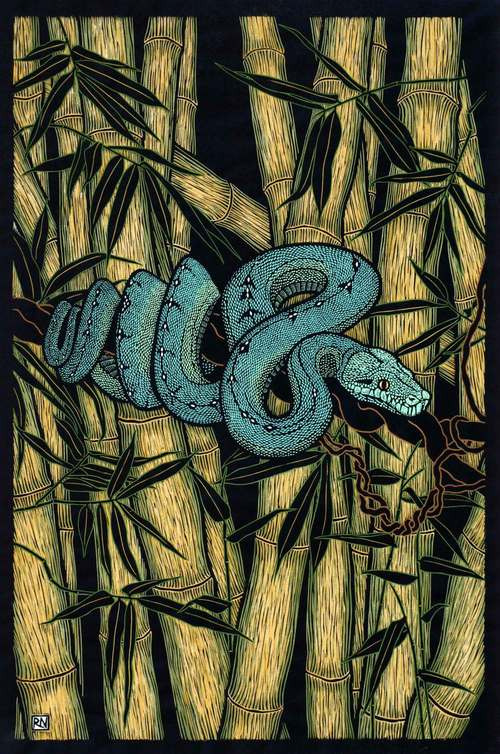
Green Tree Python

Geckos

Coming Home

Coral Reef
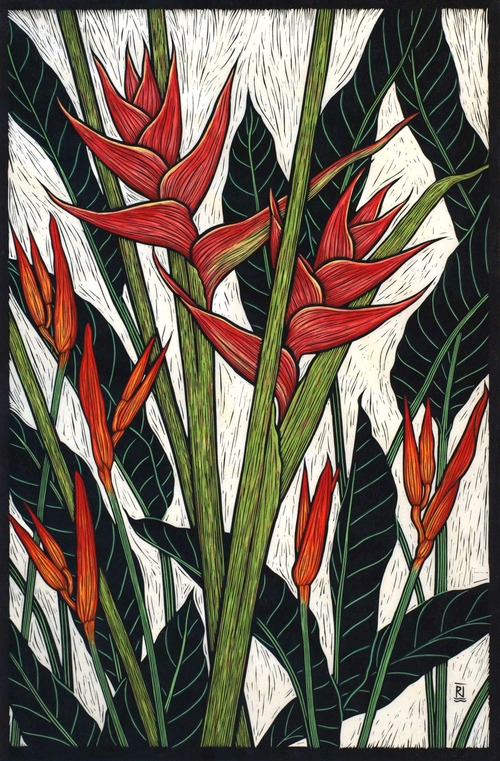
Heliconia

Waratah

Irises

Sunflowers
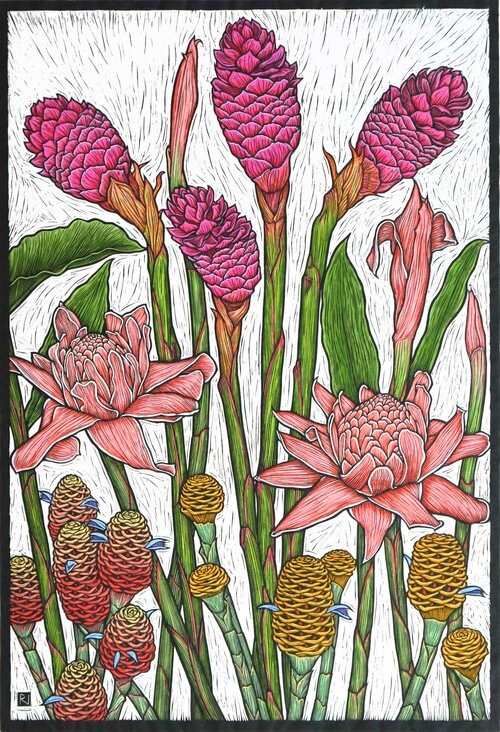
Tropical Gingers

Banksias and Dryandra
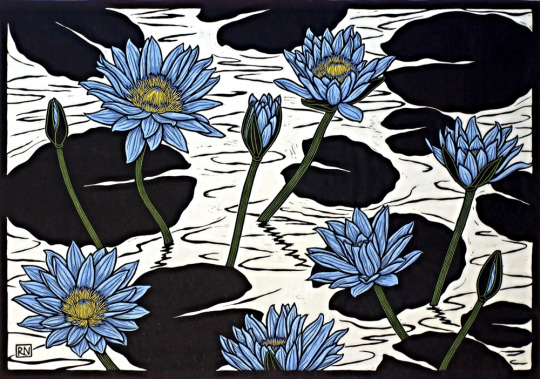
Lily Pond
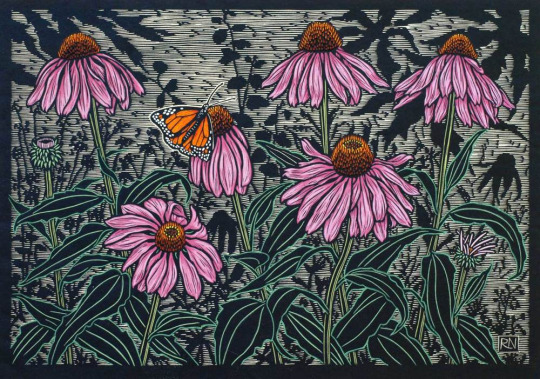
Echinacea Flowers with Butterfly
7 notes
·
View notes
